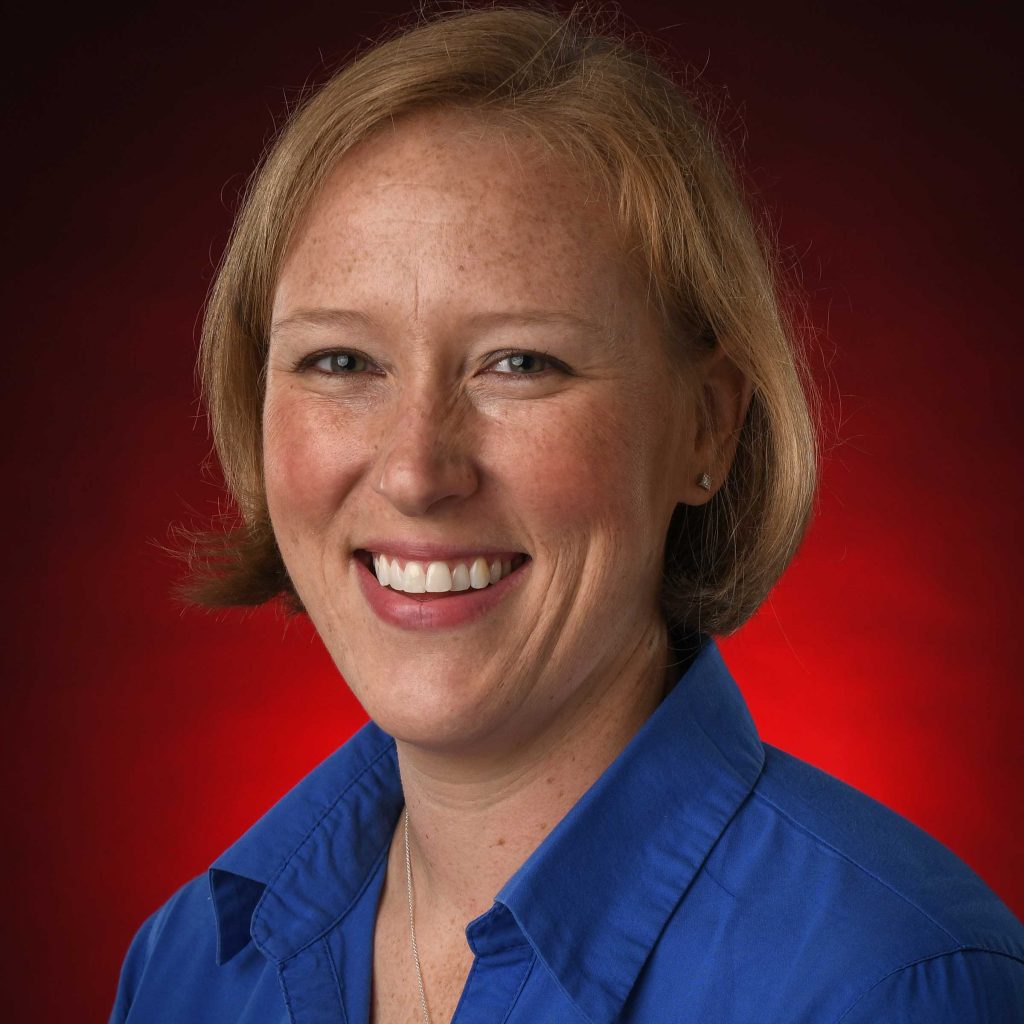
EDUCATION
| Degree | Area of Study | University |
|---|---|---|
| Ph.D. | Exercise Physiology | The University of Alabama |
| M.Ed. | Exercise Physiology | Auburn University |
| B.S. | Athletic Training | University of South Alabama |

AWARDS AND HONORS
| Year | Award |
|---|---|
| 2016 | Ingall’s Award Finalist for excellence in teaching, Troy University |
| 2014 | President’s Award: For dedication and success in reconfiguring the Athletic Training Program curriculum, Nicholls State University |
| 2014 | Apple Award: For excellence in teaching, Nicholls State University Department of Allied Health Sciences |
| 2014 | Commendation for Teaching: Nicholls State University Vice President of Academic Affairs |
| 2013 | Commendation for Teaching: Nicholls State University Vice President of Academic Affairs |

AREAS OF EXPERTISE
Functional anatomy
Exercise physiology as it pertains to special populations
Thermoregulatory responses during exercise in hot/humid environments

HIGHLIGHTED PUBLICATIONS
- Garner, JC, Parrish, L, Shaw, KR, Wilson, SJ, Donahue, PT. Using motion sensor technology to manage risk of injury in a strength & conditioning program for female collegiate athletes. IJKSS;8(1):31-36. http://dx.doi.org/10.7575/aiac.ijkss.v.8n.1p.31.
- Brannon, MG & Shaw, KR. 32nd Annual Southeast Athletic Trainers’ Association Student Symposium, “Effects of early mobilization and aggressive rehabilitation for return to play on an acute Achilles tendon rupture of a division one collegiate athlete,” Southeast Athletic Trainers’ Association, Atlanta, GA, United States of America. (February 3, 2017).
- Laurent, CM, Green, JM, Davis, JK, & Shaw, KR. Effects of deception on RPE during moderate intensity cycling. Southeast Chapter of the American College of Sports Medicine Meeting, Birmingham, AL, February 2009.
Invited Presentations
- Shaw KR. Women’s Health Week, “When Exercise Hurts,” Mississippi University for Women. Columbus, MS, United States of America. (October 13, 2022).
- Shaw KR. Athletic Training Senior Seminar, “Padding and Protective Equipment: Force Transfer and Material Selection,” University of Alabama Athletic Training Program. Tuscaloosa, AL, United States of America. (March 1, 2022).
- Shaw K.R. Nutrition Educators of Health Professionals Webinar, “A View from the Tranches: Part 1: Nutrition Education Needs of the Athletic Trainer,” Nutrition Educators of Health Professionals, Troy, AL, United States of America. (September 12, 2018).

PROFESSIONAL MEMBERSHIPS / ACTIVITIES
- American College of Sports Medicine
- Southeast Chapter of the American College of Sports Medicine
- National Athletic Trainers’ Association
- Southeast Athletic Trainers’ Association
- Alabama Athletic Trainers’ Association
- American Red Cross First Aid/CPR/AED Instructor

TEACHING PHILOSOPHY
Dr. Shaw’s teaching philosophy is made up of five domains.
Commitment to Excellence: The ultimate goal is to provide the highest quality education, guide students effectively through their academic and professional journeys, and instill a lifelong commitment to learning. She strives to be the best teacher possible by fostering a continuous pursuit of knowledge and adapting her teaching to meet the diverse needs of her students.
Teaching as an Evolving Art: Teaching is a dynamic and adaptive process where educators must continuously modify their methods to suit the changing needs of their students. What works effectively for one group may not work for another, necessitating a flexible approach. Educators should often assess whether their teaching strategies are effective by monitoring student engagement and comprehension and adjust their methods accordingly.
Dual Responsibility in Learning: Learning is a shared responsibility between students and instructors. Students are expected to understand their own learning preferences and communicate if they struggle with a particular teaching method. Instructors, on the other hand, must be attentive to students’ performance and adapt their teaching strategies based on feedback and assessment results. This ensures that the content is delivered effectively and in a manner that best facilitates learning for the current group of students.
Innovative Teaching Strategies: To engage students actively, educators should incorporate diverse teaching activities, such as forming research questions, writing abstracts, and participating in group presentations. These activities not only reinforce textbook and lecture content but also demonstrate the practical application of concepts, encouraging critical thinking, and establishing real-world connections.
Personalized Approach: Understanding students’ backgrounds, goals, and experiences allows me to tailor her examples and teaching methods. Relating course material to students’ interests and previous experiences enhances engagement and relevance. Additionally, considering students’ community resources helps address practical challenges in training and rehabilitation techniques.

BIOGRAPHY
Dr. Kim Shaw is a Clinical Associate Professor of Exercise Science and currently serves as Undergraduate Program Coordinator for Exercise Science. Her research interests include wearable technology applications in injury prevention, mechanisms of neuromuscular fatigue and recovery, thermoregulatory responses during exercise in hot/humid environments, effects of different modalities on hydration status during exercise, and the prevention, etiology, and treatment of exercise associated muscle cramps. Her primary courses taught include KIN 300 Introduction to Kinesiology, KIN 303 Physiology of Exercise, KIN 365 Applied Biomechanics, and KIN 392 Clinical Exercise Physiology. Dr. Shaw has been a practicing Certified Athletic Trainer since 2004. In her free time, she enjoys outdoor activities, spending time with her family, and giving back to her community by providing medical coverage for area secondary school sporting events.
